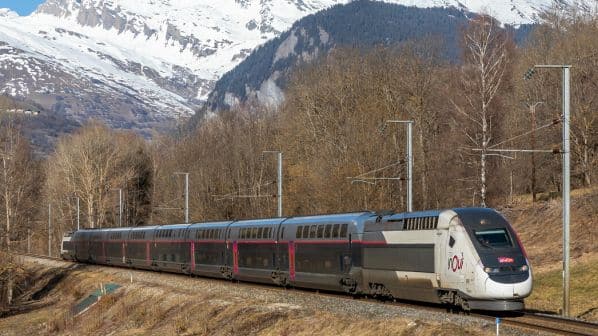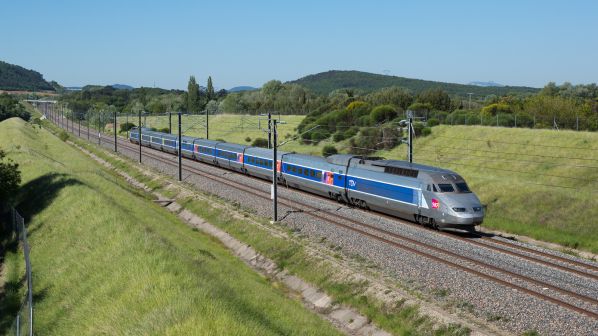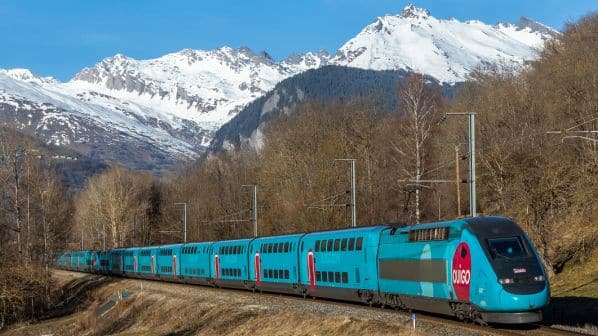FRENCH National Railways (SNCF) has announced that 2023 set a new ridership record for domestic high-speed TGV services, up 4% year-on year at 122 million passengers and rising to 156 million and 6% growth overall when cross-border Eurostar and Lyria services are included.
However, increasing passenger demand also resulted in one-third of all TGV services being completely full on departure in 2023, the figure rising to 60% for low-cost Ouigo services. This is now a common cause of customer complaint.
SNCF acknowledges the problem but says that the TGV fleet will not increase in size until a significant number of new-generation TGV M trains start to enter service. In the meantime, SNCF is implementing Project Botox: performing light overhauls to keep TGVs originally scheduled for withdrawal in service for several more years.
The TGV fleet currently stands at 364 trains, most of them double-deck Duplex trains each seating over 500 passengers. SNCF intended to replace the single-deck Atlantique and Réseau trains as the new TGV M fleet was delivered, but the older trains will now be retained to increase capacity.
SNCF has ordered 115 TGV M trains from Alstom, with 100 to be deployed on domestic services and 15 on cross-border routes, starting with Paris - Milan.
Deliveries were expected to begin at the start of this year at a rate of one train a month, with the aim of the TGV M entering service by December on the Paris - Lyon route. This would release TGV Duplex sets to be redeployed elsewhere, increasing total capacity across the network.
However, SNCF has admitted that TGV M deliveries are now running late. The main problem is with the emergency battery system designed to power air-conditioning or heating in the event of a failure of the overhead supply. Batteries are being produced by Saft and deliveries to Alstom are behind schedule.
In a separate development, French newspaper Le Parisien recently published an article, based on a leaked internal report, claiming that SNCF is once again considering the future of its less profitable TGV services. These typically radiate from Paris to destinations including La Rochelle, Arras, Dijon, Metz, Nancy, Annecy, Chambéry and Grenoble, running on the conventional network for a substantial proportion of their journeys.
Such services are currently cross-subsidised by more profitable routes, something which will not be possible in future if competing operators eat into SNCF margins. Cutting back these services in the short term might also enable rolling stock to be freed up to cope with overcrowding on the busier sections of the French high-speed network.
Another option is to seek financial support from local government in the areas affected, as already happens in the Brittany and Hauts-de-France regions. However, SNCF has denied that it is planning to cut back services or reduce frequencies.
For detailed data on fleet orders from around the world, subscribe to IRJ Pro.




